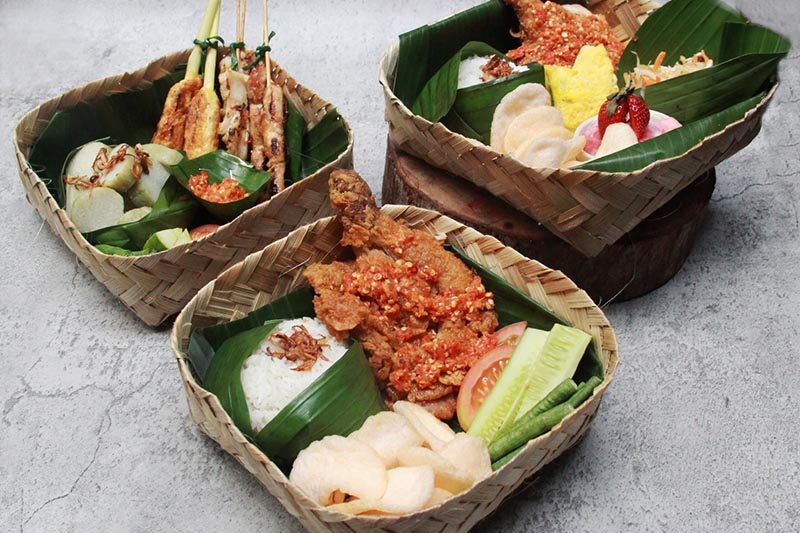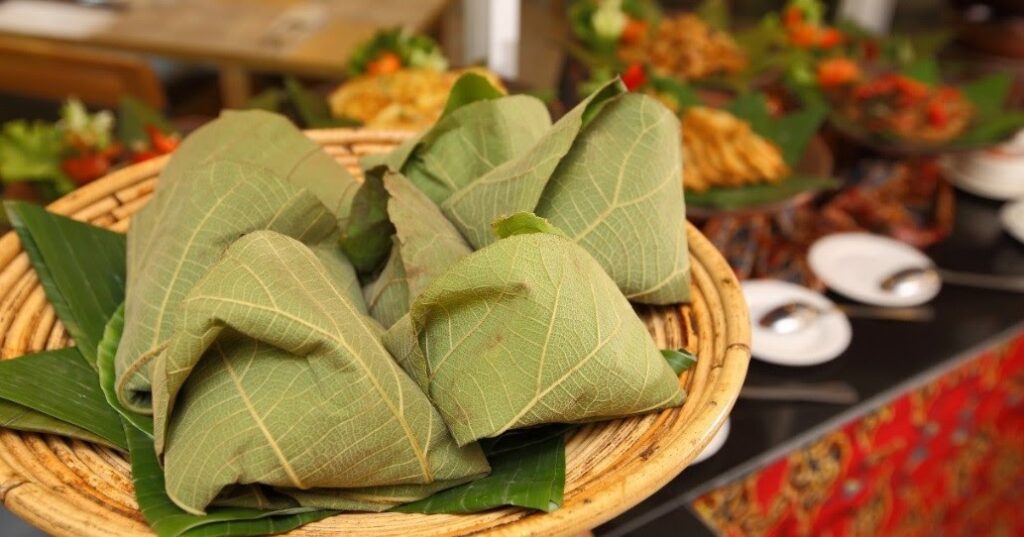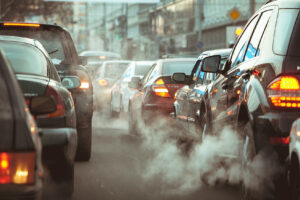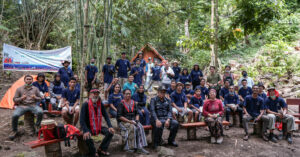Many of us are buying food from outside to eat at home, especially during this pandemic. When we buy food to take home, it is frequently wrapped in various types of food wrappers, such as plastic, paper, and styrofoam packing.
The availability of ready-to-carry and disposable food packaging is quite convenient. But, beneath all of this practicality, we must also consider the environmental consequences that these packaging bring.
How many are there, and how hazardous are they?
You may have heard that the amount of plastic waste produced in the world is increasing. Plastic waste in Indonesia reached 66 million tons per year in 2021, according to the Central Statistics Agency (BPS). The Indonesian Institute of Sciences (LIPI) also conducted a study in 18 cities in Indonesia in 2018 and found that 0.27-0.59 million tons of trash have reached Indonesian oceans. From these amounts, the most common type of garbage discovered was styrofoam.
In fact, styrofoam is a difficult-to-decompose material that is hazardous to human health and the environment. Styrofoam is still made with chlorofluorocarbon (CFC), which contributes to the greenhouse effect and accelerates global warming. Not only that, styrofoam also contains microplastics, which, once in the ocean, can kill a variety of marine biota that mistake it for food.
So, is there any sort of food packaging that is less damaging to the environment?
Yes, of course! In fact, Indonesians have been using most of these environmentally beneficial food wrappers since ancient times, long before the invention of food packaging made of plastic, paper, or styrofoam. Here are a few examples:
1. Besek

Are you familiar with this type of packaging? Yup, besek is a woven bamboo container that has been used by Javanese people from ancient times. String bamboo is the most common type of bamboo used to produce besek. What’s even more fascinating is that besek has multiple functions! It can be used to store a variety of gourmet spices including garlic and shallots, as well as rice and side dish packaging and parcel containers.
Besek is more environmentally friendly because it is created from natural materials. There have also been recent movements such as From Kresek to Besek, which encourages people to use besek instead of single-use plastic bags to wrap qurban (sacrificial) meat.
2. Banana leaves

Banana leaves have long been used to wrap a variety of foods in Indonesia, from various types of cakes to rice and side dishes. Banana leaves as a food container are not only easy to come by and affordable, but they are also more environmentally friendly because they degrade quickly. Furthermore, banana leaves have a waxy coating that can add a pleasant aroma to foods being wrapped.
3. Teak leaves

Teak leaves are another type of leaf that is commonly used as a rice wrapper, in addition to banana leaves. Teak leaves are an excellent choice for food wrapping since they are natural elements, do not contain toxic chemicals, are easy to find, economical, decompose quickly, and have a distinct aroma. Furthermore, because the teak leaves are thick and wide, the rice can be wrapped and kept warm for a longer period of time.
Turns out, there are a lot of options for food packaging to replace plastic and styrofoam, right? You can also start inviting your family, friends, and local food sellers to make the move to these environmentally friendly food packaging.
By educating and inviting them, this means that you have become an environmental diplomat who contributes to environmental conservation efforts. Isn’t it cool? To be better prepared to become an environmental diplomat, try joining the School of Eco Diplomacy (SED) held by the EcoNusa Foundation! To be better prepared to become an environmental diplomat, try joining the School of Eco Diplomacy held by the EcoNusa Foundation!











